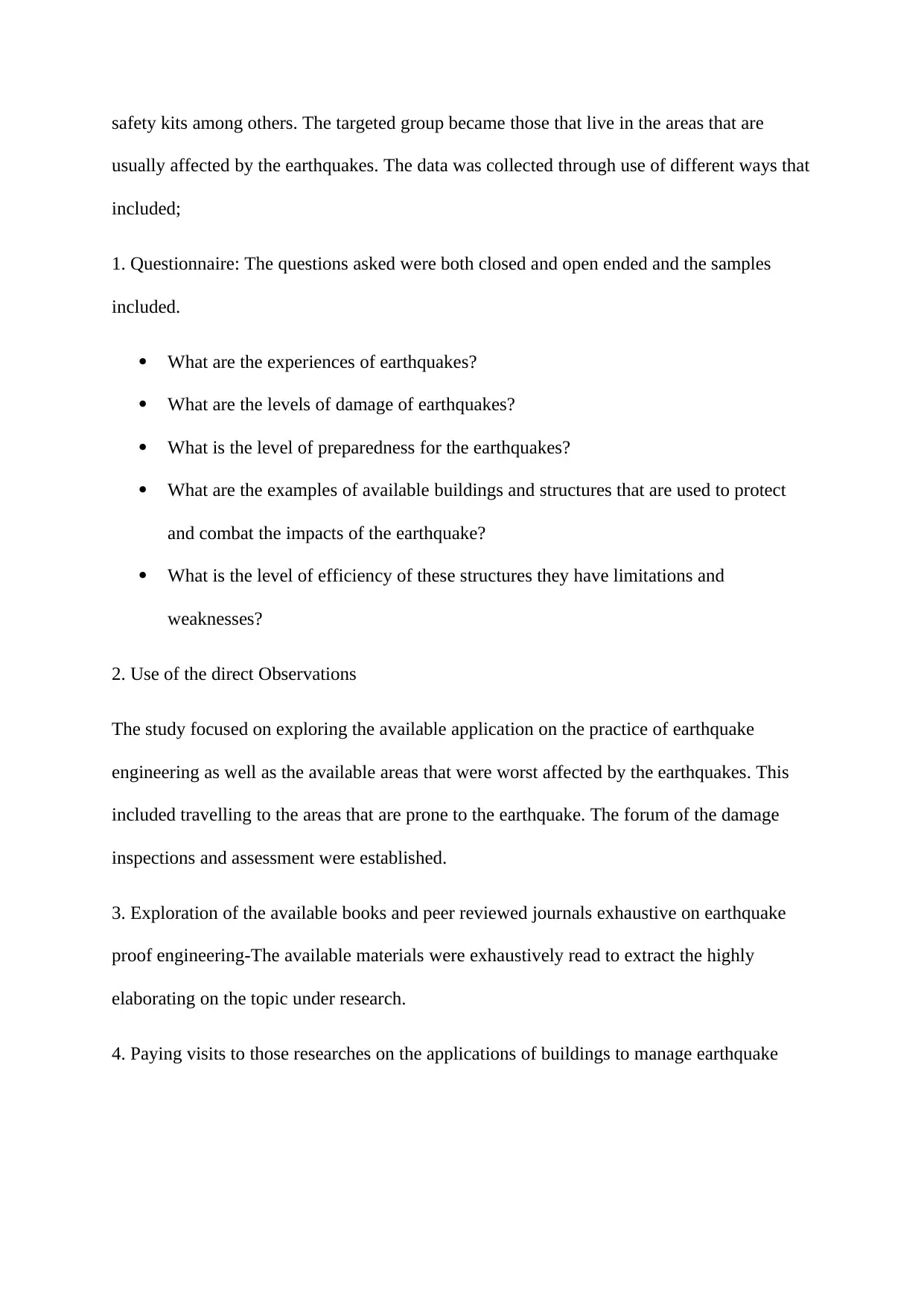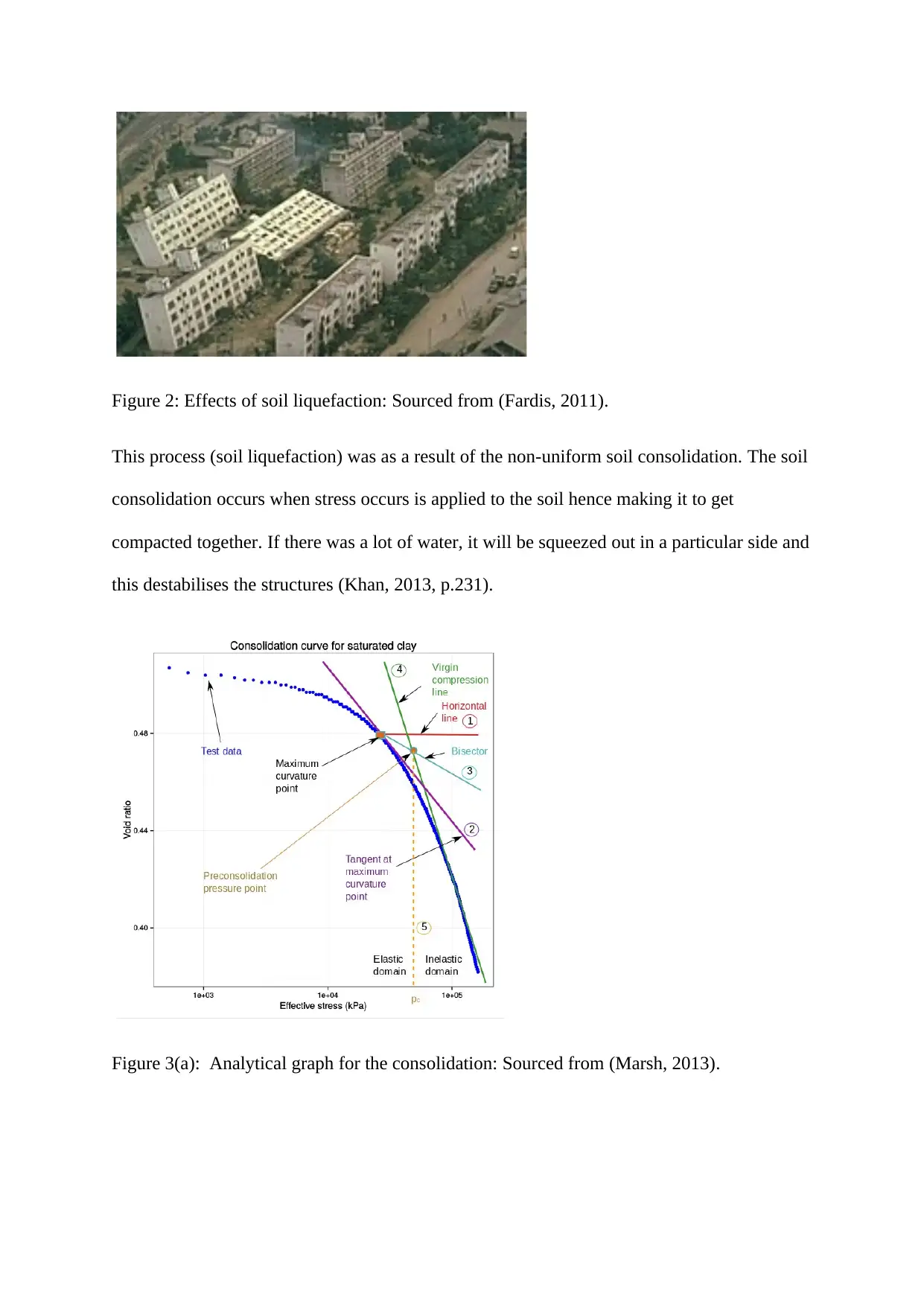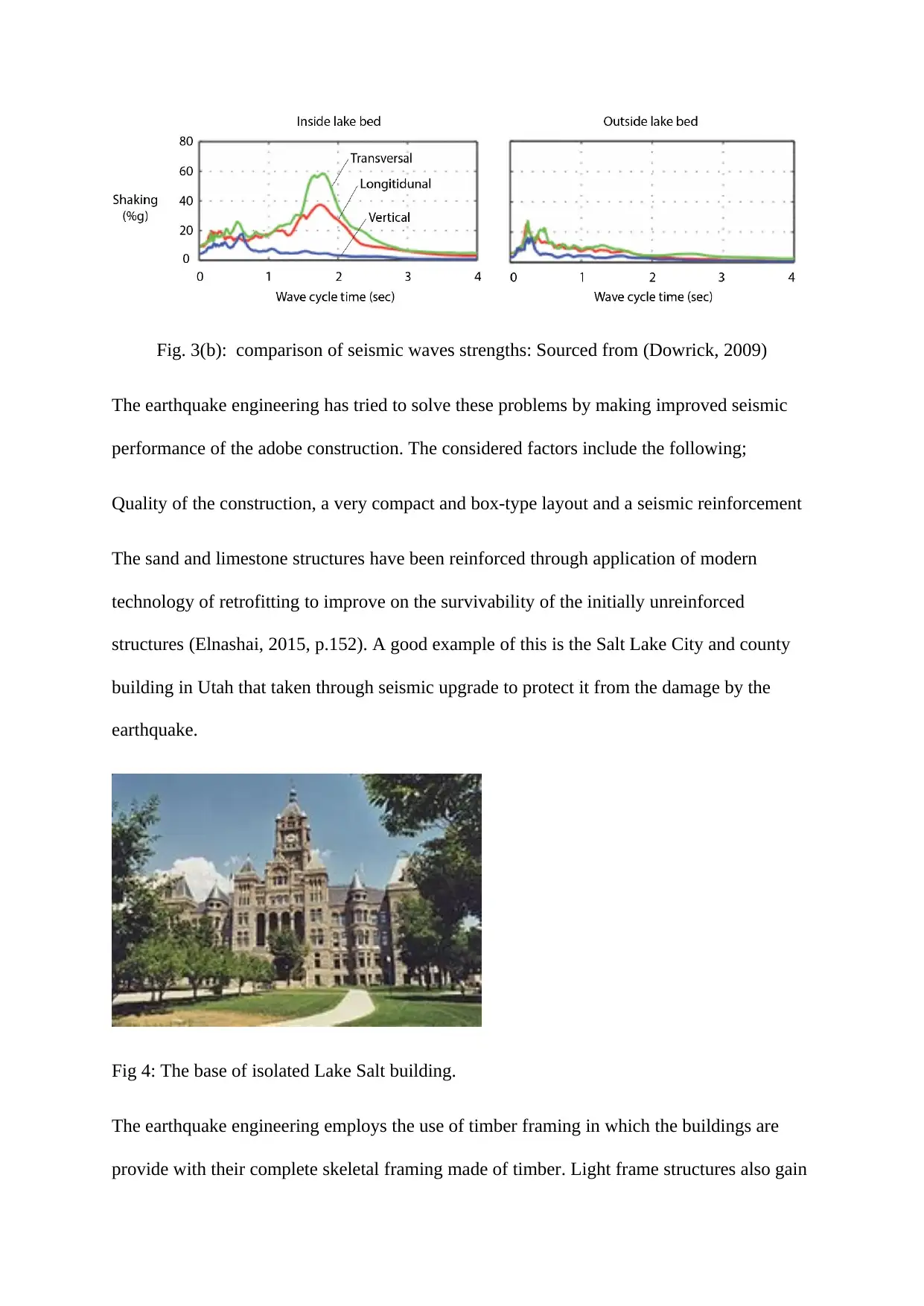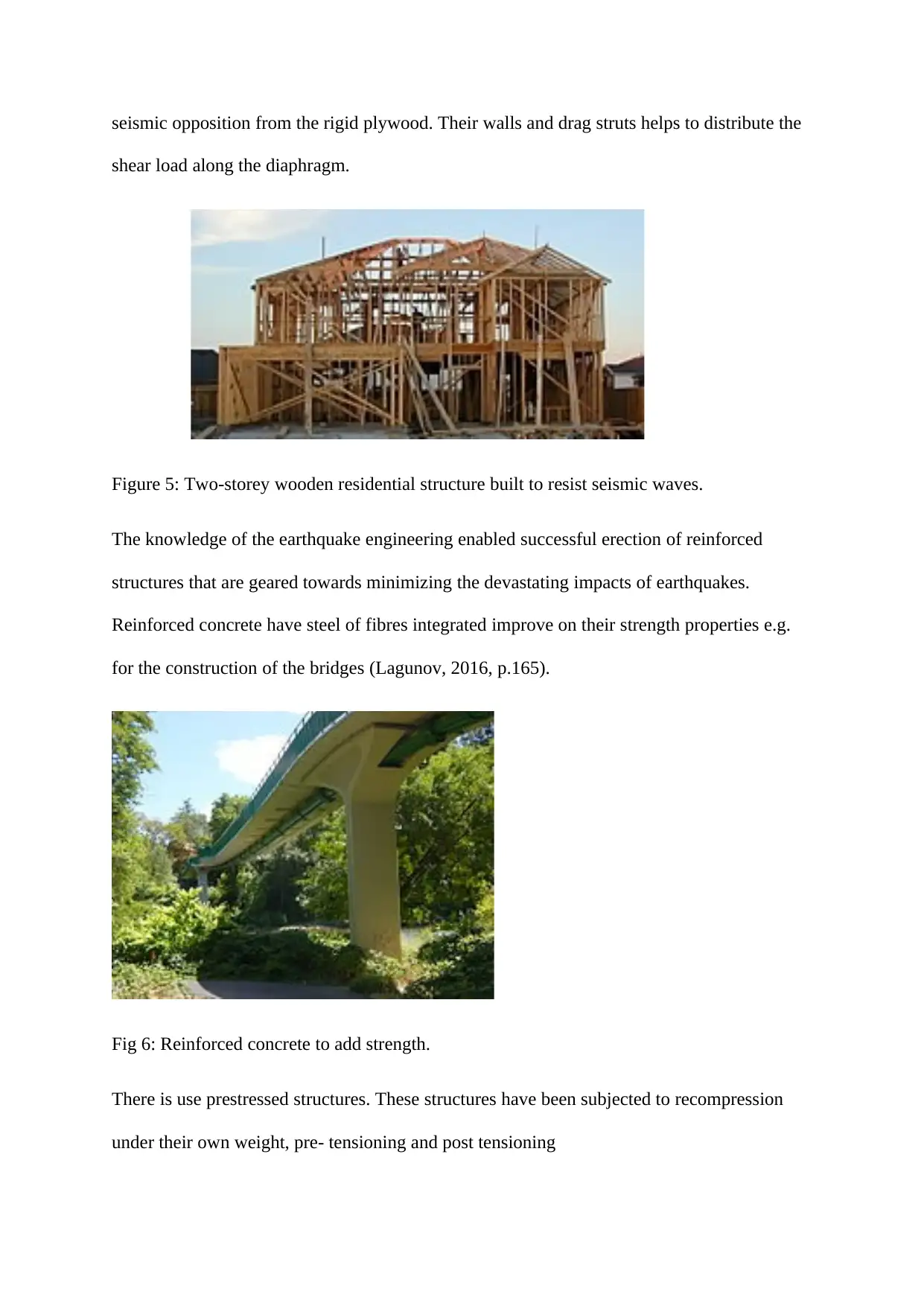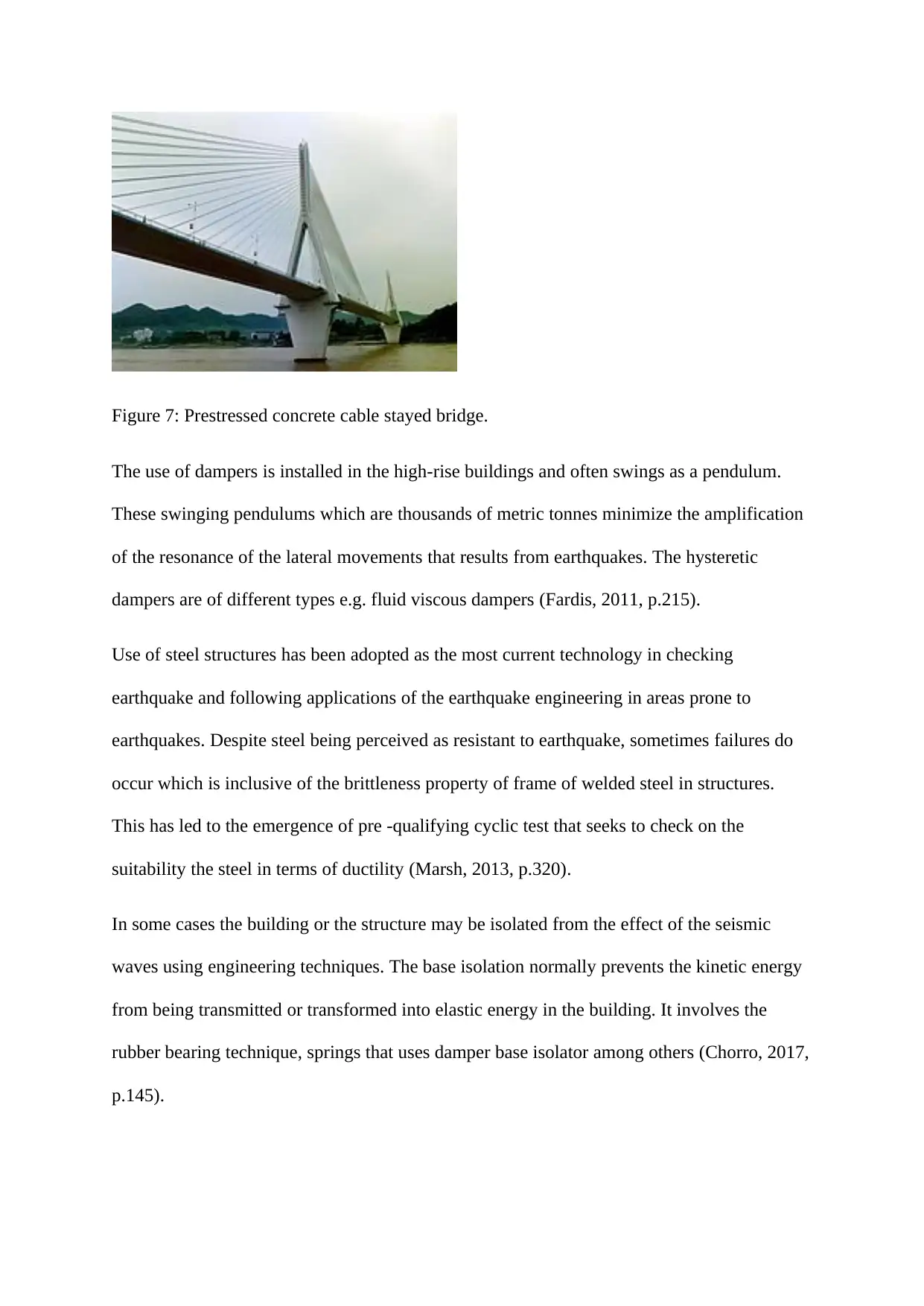This research paper explores the existing applications of earthquake engineering, its impacts, and benefits. It reviews earthquake-resistant structures, seismic retrofitting, and other techniques used to minimize the devastating impacts of earthquakes. The research was conducted using scientific methods, including questionnaires, direct observations, exploration of available books and peer-reviewed journals, and interviews. The study found that earthquake engineering has helped to minimize human deaths and damage to structures in earthquake-prone areas. The research also identified limitations, such as language barriers and lack of data in some areas. The paper concludes that a hybrid solution is recommended for accurate seismic performance analysis.
![[object Object]](/_next/static/media/star-bottom.7253800d.svg)
![[object Object]](/_next/static/media/star-bottom.7253800d.svg)


